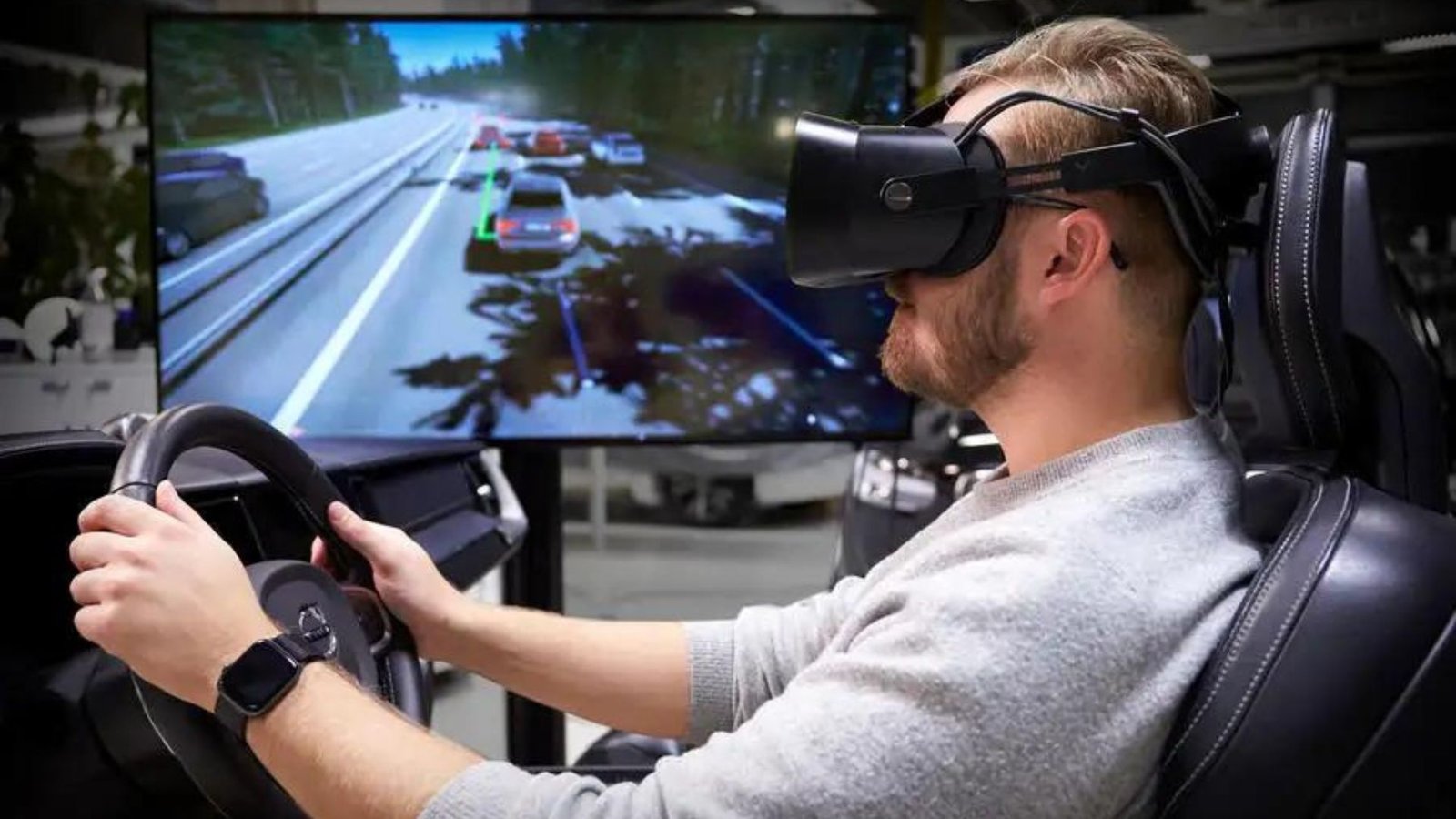How Technology is Driving the Gaming Industry
Technology is revolutionizing the gaming industry, bringing immersive experiences, advanced graphics, and innovative gameplay to players worldwide. From virtual reality to cloud gaming, technological advancements are shaping the future of how games are developed, played, and enjoyed. In this article, we’ll explore how technology is driving the gaming industry and the key trends transforming the gaming experience.

The Rise of Virtual Reality (VR) Gaming
Virtual Reality (VR) technology is creating immersive gaming experiences that transport players into entirely new worlds. VR gaming uses headsets and motion controllers to simulate a 360-degree environment, making players feel as though they are inside the game.
- Key VR Innovations:
- VR Headsets: Devices like Oculus Rift and HTC Vive offer high-resolution displays and precise motion tracking for a realistic experience.
- Motion Controllers: Controllers that track hand movements and gestures, allowing for interactive gameplay.
- Room-Scale VR: Technology that enables players to move around within a physical space while interacting with the virtual environment.
Augmented Reality (AR) in Gaming
Augmented Reality (AR) overlays digital elements onto the real world, blending virtual objects with the physical environment. AR gaming adds a layer of interactivity by integrating game elements into everyday settings.
- Popular AR Games:
- Pokémon GO: A mobile game that uses AR to place Pokémon in real-world locations, encouraging players to explore their surroundings.
- Harry Potter: Wizards Unite: An AR game that immerses players in the magical world of Harry Potter by integrating game elements into real-world environments.
- Geocaching Apps: Apps that use AR to enhance outdoor treasure hunts and exploration.
Cloud Gaming and Streaming Services
Cloud gaming, also known as game streaming, allows players to access and play games over the internet without needing high-end hardware. The game is run on remote servers, and the video and controls are streamed to the player’s device.
- Benefits of Cloud Gaming:
- Accessibility: Players can enjoy high-quality games on lower-end devices, such as smartphones and tablets.
- Instant Play: Games can be played instantly without the need for lengthy downloads or installations.
- Cross-Platform Play: Cloud gaming services often support cross-platform play, allowing players to compete with others on different devices.
Advanced Graphics and Realism
Technological advancements in graphics processing are pushing the boundaries of visual fidelity in gaming. Realistic graphics and dynamic environments enhance the gaming experience by providing detailed and lifelike visuals.
- Graphic Innovations:
- Ray Tracing: A rendering technique that simulates realistic lighting and reflections, improving visual quality in games.
- High Dynamic Range (HDR): Technology that enhances color accuracy and contrast, making visuals more vibrant and lifelike.
- 4K Resolution: Ultra-high-definition resolution that provides sharper and more detailed images.
Artificial Intelligence (AI) in Gaming
Artificial Intelligence (AI) is being used to create more sophisticated and responsive game elements. AI enhances gameplay by simulating realistic behaviors and adapting to players’ actions.
- AI Applications in Games:
- Adaptive NPCs: Non-player characters (NPCs) that learn and react to player strategies, providing a more challenging and engaging experience.
- Procedural Generation: AI algorithms generate game content, such as levels and environments, dynamically and procedurally.
- Personalized Experiences: AI analyzes player behavior to tailor game content and difficulty to individual preferences.
Game Development Tools and Engines
Modern game development tools and engines have streamlined the process of creating and designing games. These tools enable developers to build complex and interactive experiences more efficiently.
- Popular Game Engines:
- Unity: A versatile engine that supports a wide range of platforms and provides tools for 2D and 3D game development.
- Unreal Engine: Known for its high-quality graphics and advanced features, Unreal Engine is used to create visually stunning games.
- Godot: An open-source engine that offers flexibility and ease of use for developers.
Esports and Competitive Gaming
Technology has also influenced the rise of esports, where professional gamers compete in organized tournaments and leagues. Esports has become a major industry, with millions of viewers and players worldwide.
- Esports Innovations:
- Streaming Platforms: Services like Twitch and YouTube Gaming provide live streaming and on-demand content for esports fans.
- Online Tournaments: Platforms that host competitive gaming events and provide opportunities for players to compete globally.
- Advanced Analytics: Tools that analyze player performance and strategies to improve gameplay and training.
The Future of Gaming Technology
The gaming industry continues to evolve with emerging technologies that promise to further enhance the gaming experience. Future trends include:
- Haptic Feedback: Advanced controllers that provide tactile sensations, improving immersion and realism.
- Brain-Computer Interfaces: Technology that may allow players to control games using brain signals.
- Blockchain and NFTs: Innovations that could introduce new ways to own and trade digital assets within games.
Conclusion
Technology is driving the gaming industry forward with innovations in VR, AR, cloud gaming, graphics, AI, and game development tools. These advancements are creating more immersive, accessible, and engaging gaming experiences. As technology continues to evolve, it will shape the future of gaming, offering exciting new possibilities for players and developers alike.



